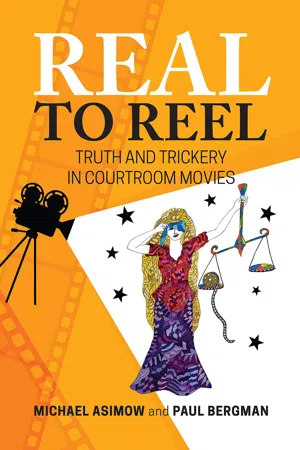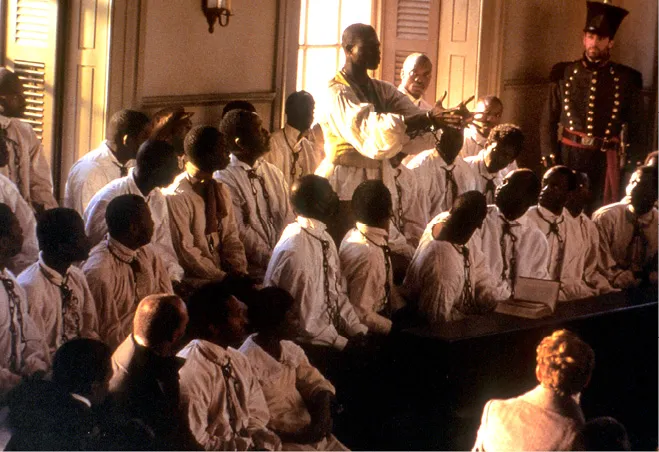
- English
- ePUB (mobile friendly)
- Available on iOS & Android
About this book
Real trials and courtroom movies are made for each other. Lawyers are storytellers, courtrooms are theaters, and the trial process provides drama, surprise, suspense or comedy.
This book will serve as a video guide to help you identify the courtroom movies you'd like to see.It ranks each of the films on a one- to four- gavel system, with four gavels for the classics.And it answers the questions you'll be asking as you see the films.Where does truth end and trickery begin?Can lawyers really pull rabbits out of hats with unexpected courtroom stunts?Did the trial process reveal the truth-or conceal it?How well do reel trials reflect real events?
These are just some of the topics you'll encounter as the authors analyze over 200 courtroom movies, including such classics as To Kill a Mockingbird, My Cousin Vinny, 12 Angry Men, and The Trial of the Chicago 7. An index at the back of the book lists all of the films reviewed in the book.
The book celebrates the courtroom genre that has intrigued viewers around the world.The authors will entertain and educate you on a fascinating journey through nine decades of reel law, lawyers and justice.
Frequently asked questions
- Essential is ideal for learners and professionals who enjoy exploring a wide range of subjects. Access the Essential Library with 800,000+ trusted titles and best-sellers across business, personal growth, and the humanities. Includes unlimited reading time and Standard Read Aloud voice.
- Complete: Perfect for advanced learners and researchers needing full, unrestricted access. Unlock 1.4M+ books across hundreds of subjects, including academic and specialized titles. The Complete Plan also includes advanced features like Premium Read Aloud and Research Assistant.
Please note we cannot support devices running on iOS 13 and Android 7 or earlier. Learn more about using the app.
Information
Chapter 1
Prejudice On Trial
Amistad
1997




Opening Statement

Courtroom Closeups


Beyond the Courtroom

For the Record
Ghosts of Mississippi
1996




Opening Statement
Table of contents
- Acknowledgments
- Foreword By Arthur Gilbert Presiding Judge, California Court of Appeal
- Introduction
- Chapter 1. Prejudice On Trial
- Chapter 2. Gender Violence and Discrimination
- Chapter 3. Corruption Of Justice
- Chapter 4. Expert Witnesses
- Chapter 5. Familiarity Breeds Contempt (Of Court)
- Chapter 6. Just a Bunch of Circumstantial Evidence
- Chapter 7. Eyewitnesses
- Chapter 8. Uncivil Trials
- Chapter 9. Stranger Danger
- Chapter 10. Laughing Matters
- Chapter 11. Your….Honor?
- Chapter 12. All in the Family
- Chapter 13 Defamation
- Chapter 14. The Death Penalty
- Chapter 15. Military Justice
- Appendix 1. The Production Code
- Appendix 2. Law School 101
- Appendix 3. Endnotes